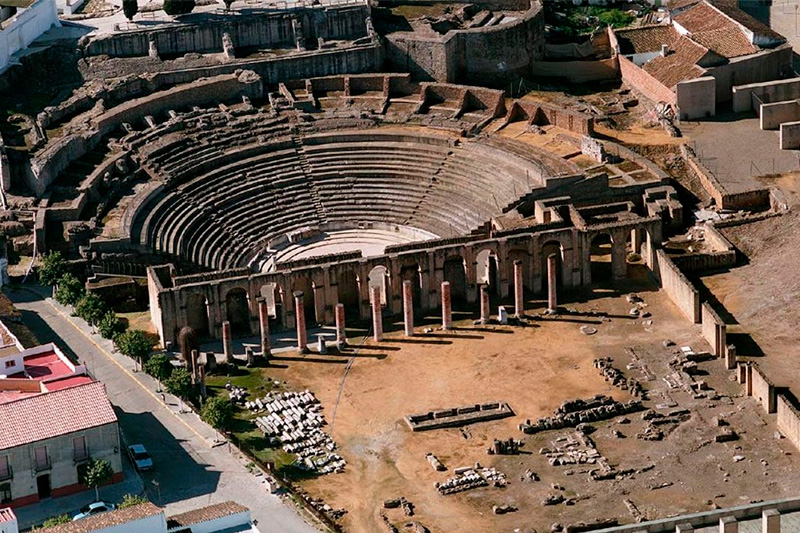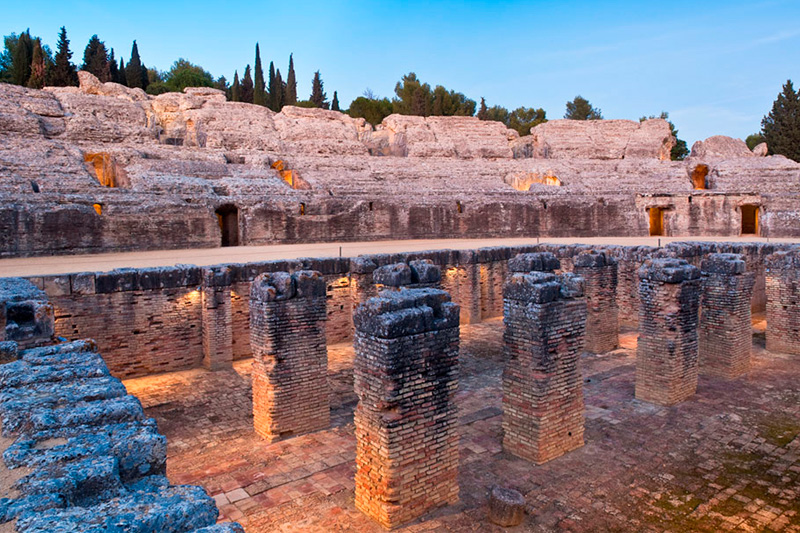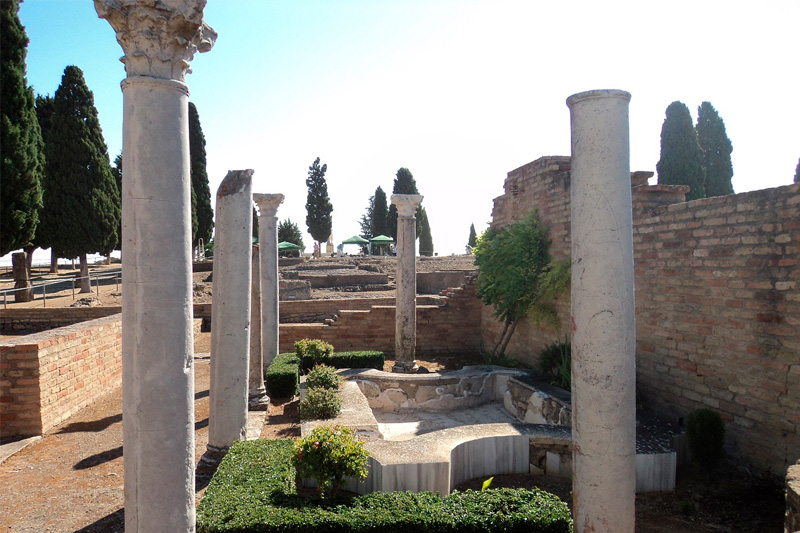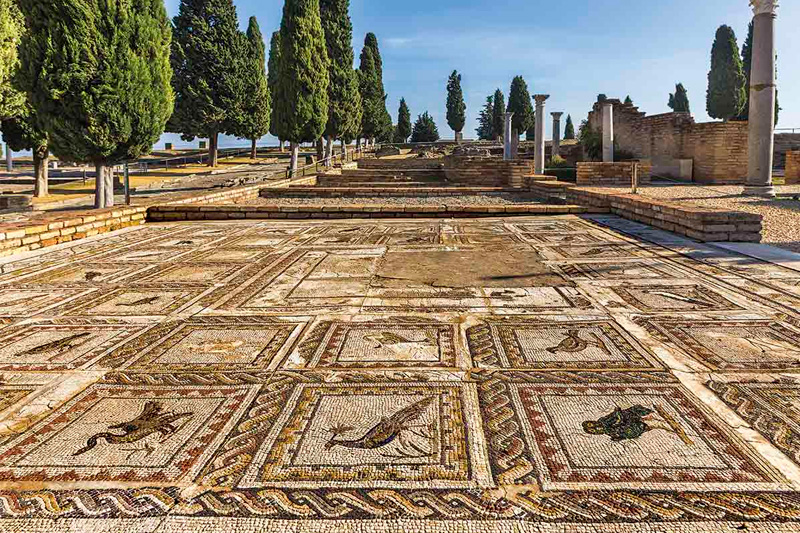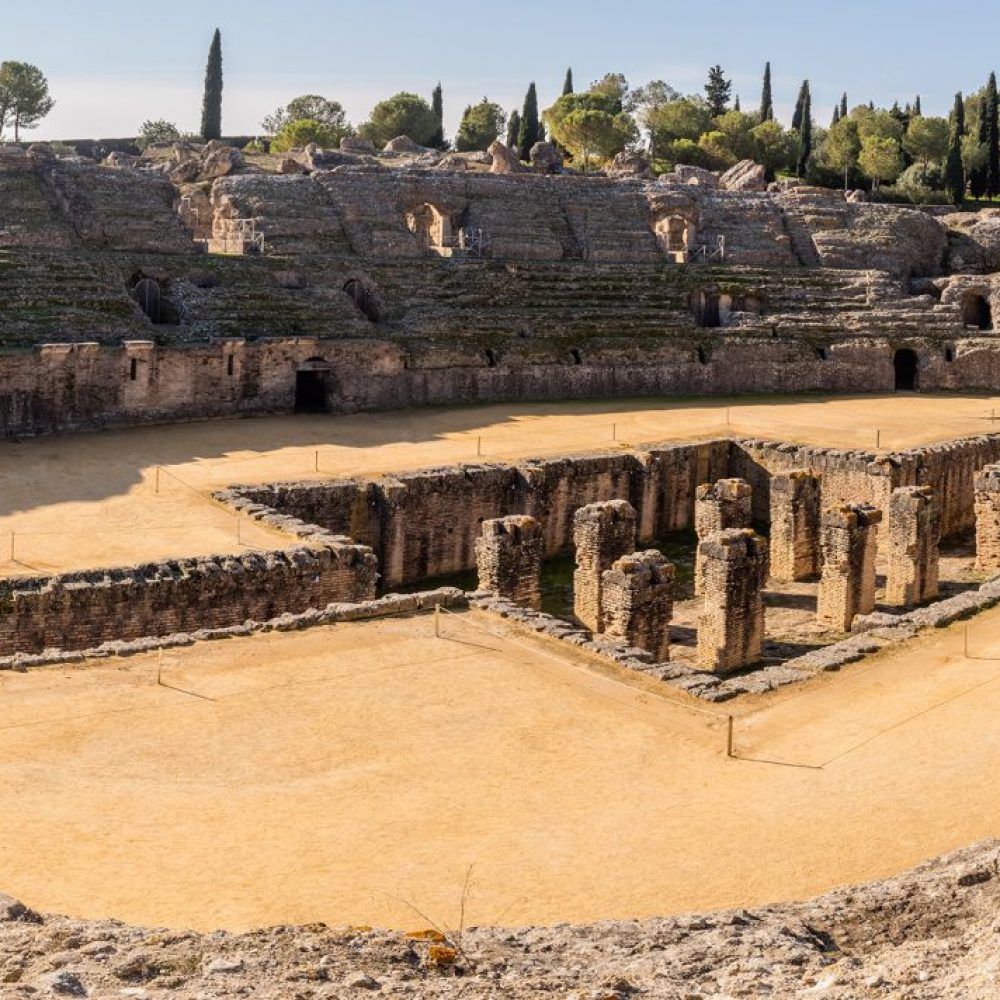Italica is an old Roman city located in what is now the municipality of Santiponce de Sevilla, sitting on the banks of the river Guadalquivir, becoming one of the most important river ports in all of Hispania.
Its origins date back to the year 206 BC, when the general Publius Cornelius Scipio, nicknamed Africanus, established a field hospital on San Antonio Hill in the wake of the Second Punic War.
The city reach its zenith in terms of splendor under the emperors Trajan and Hadrian, coming to occupy an area of 52 hectares and receiving the status of Roman colony, copying the institutions of Rome. Italica was the first Roman city in Hispania and the first Roman city founded by the Roman Empire outside of what we know as Italy today.
The award of civitas the Roman status would have immediate consequences such as the allocation of lands among citizens, the creation of a new agrarian landscape and the introduction of the Roman villa system.. The villa was a center of a family agricultural holding. Here the economy was driven by agricultural production and export of olive oil and wine, among other products. These were the main sources of income for families in Italica during that time.
The manufacture of oil, thanks to the Phoenician colonies, was to play a crucial role in the future economy of the peninsula. Of all the regions of Hispania, the Baetica was the most prestigious thanks to its favorable terrain for olive cultivation, the cultivations already in the area and the quality of the oil..
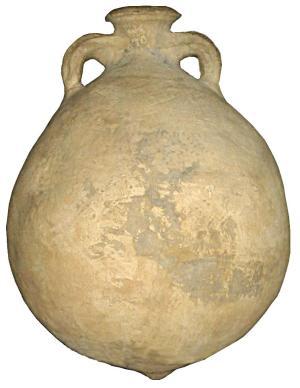
Regardless of these existing cultivations, the expansion of the olive in the south of Spain would have occurred from the period agrarian colonization undertaken by Julius Caesar and then Augustusin the 1st century AD. Remains of the ubiquitous Dressel 20 (oil container have been found from this period across different parts of the Empire.
The definitive take-off and the conversion of oil from the Baetica region into Hispania’s agricultural product par excellence is clearly linked to the food supply problems experienced in the Roman Empire.
Almost the entire Mare Nostrum Mediterranean coastal region and Asia Minor (modern-day Turkey), could survive on the local production, because where rationalized cultivation was not in place, the Romans brought it with them. But there were two strategic areas that suffered from a dearth of oil production: one was the northern provinces of Britannia and Germania, and the other was the very center of the Empire itself:
¡ROME!
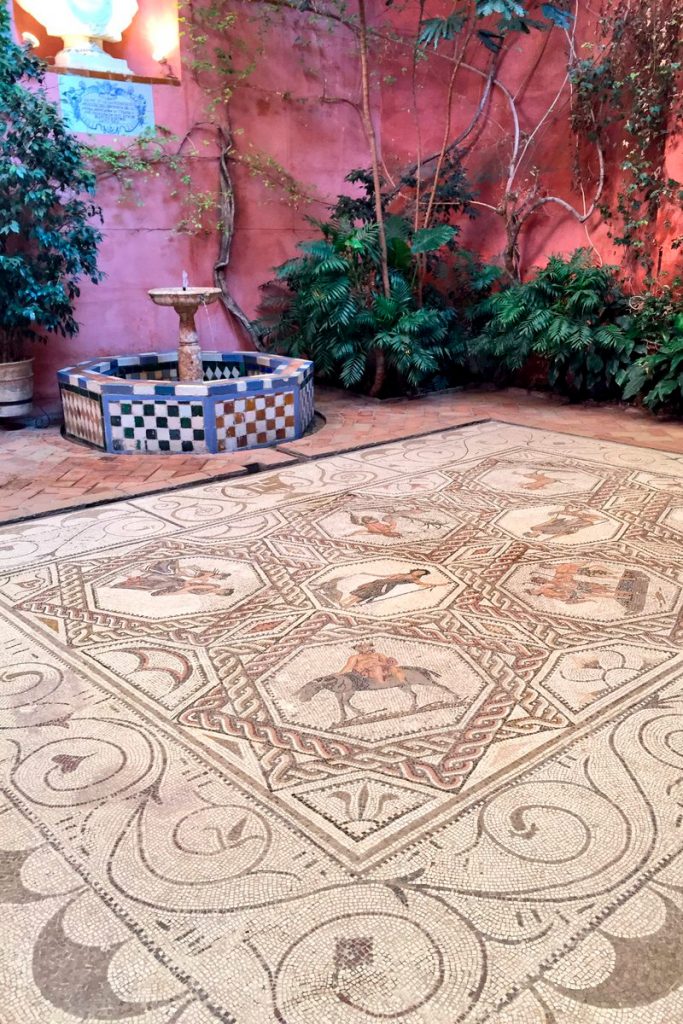
In effect, the Empire’s capital could not survive on the oil produced nearby in Umbria and Liguria, with holdings in the hands of patrician landowners who managed their holdings poorly or sold their scant production of green olives to perfume makers for a better price. The prefects responsible were therefore forced to look for territories with abundant land, a suitable climate, an absence of border conflicts with an efficient transport link to the port of Ostia. And they found that in the south of Hispania Ulterior: the Baetica region.
For the first three centuries of our era Hispalis (Seville), Corduba (Córdoba), Catria (Lora del Río), Astigi (Écija) and Canama Fluvium (Alcolea del Río) are the official suppliers of olive oil to the city of the seven hills..
This quasi monoculture was combined in the local economy with another related activity: the production of hundreds of amphorae, molded from Andalusian red clay, for the transport of the juice to its destination, initially through the port of Carthage Nova (Cartagena), from where it was also shipped to the troops in Germania. Consequently, the Roman state became an obligatory and secure client, and the main consumer, of Baetica oil.
Italica was the most splendid city of the Baetica region. One poet writing that to travel to this Roman city was a great fable in time. Its ruins represent the grandeur of Rome in this province and its subsequent fall into decadence.
Souces:
La Economía de Itálica y su territorio durante los siglos I A.C y I D.C. Aurelio Padilla Monge. Universidad de Sevilla
El olivo y la producción de aceite en las Uillae de la Bética. Alejandro Fornell Muñoz. Universidad de Jaén
Photos by: wikipedia, italicasevilla.org, atlas of roman pottery
